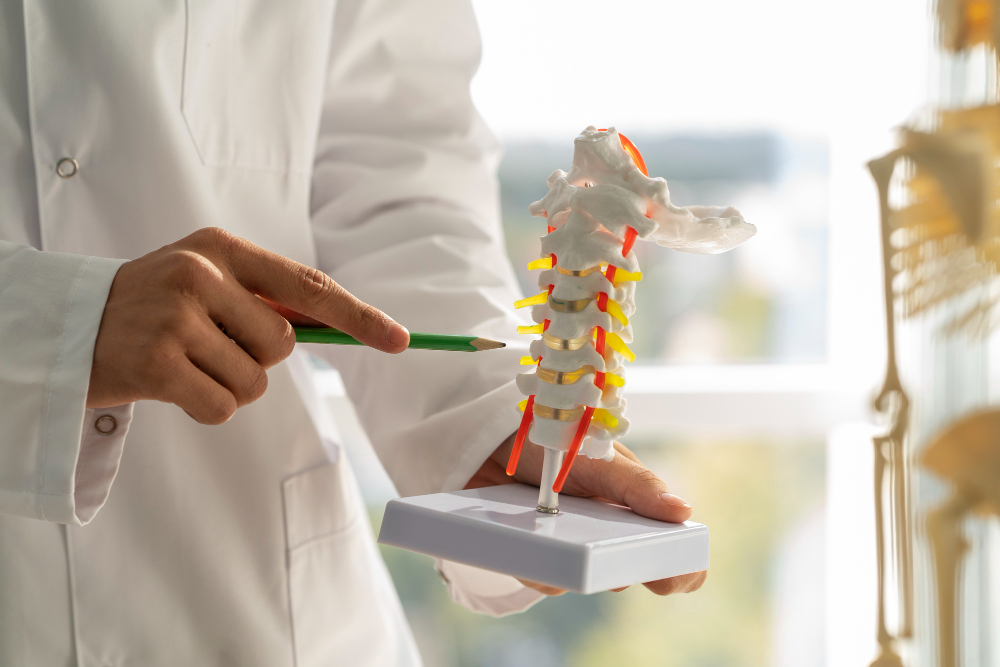Introduction
Spondylolisthesis is a condition where one bone in your spine slips forward over the bone below it. This can cause back pain, leg pain, or even numbness. Many people have heard myths about spondylolisthesis, which can make it hard to know what is true. In this blog, we will clear up common misconceptions about spondylolisthesis. We will also share facts about spondylolisthesis symptoms, spondylolisthesis treatment, and tips for better spine health. By the end, you will know what is real and what is not.
What is Spondylolisthesis?
First, let’s understand what spondylolisthesis means. It happens when a vertebra, or spinal bone, moves out of place. This shift can press on nerves and cause pain. Sometimes, people do not feel any symptoms. However, others may notice back pain, stiffness, or tingling in their legs. Spondylolisthesis can happen because of aging, injury, or even birth defects. According to the National Institutes of Health, it is a common cause of lower back pain in adults. Early diagnosis and proper care can help manage this condition well.
Common Myths about Spondylolisthesis
Facts You Should Know
Diagnosis and Treatment Options
Doctors use a physical exam and imaging tests, like X-rays or MRI, to diagnose spondylolisthesis. Early diagnosis helps prevent further problems. Treatment depends on your symptoms and how much the bone has moved. Most people start with simple treatments, such as:
In rare cases, if pain is severe or nerves are affected, surgery may be needed. According to the American Academy of Orthopaedic Surgeons, most people get better with non-surgical care.
Lifestyle Tips and Prevention
Even though you cannot always prevent spondylolisthesis, you can lower your risk. Here are some tips to keep your spine healthy:
With these steps, you can support your spine and overall health.
Conclusion
Spondylolisthesis is a treatable spine condition. While there are many myths, knowing the facts can help you make informed choices. Most people manage symptoms effectively with simple treatments and healthy habits.
If you’re dealing with spondylolisthesis, consult Dr. Shekar Reddy, our spine and pain management specialist, for personalised guidance and effective treatment options.



